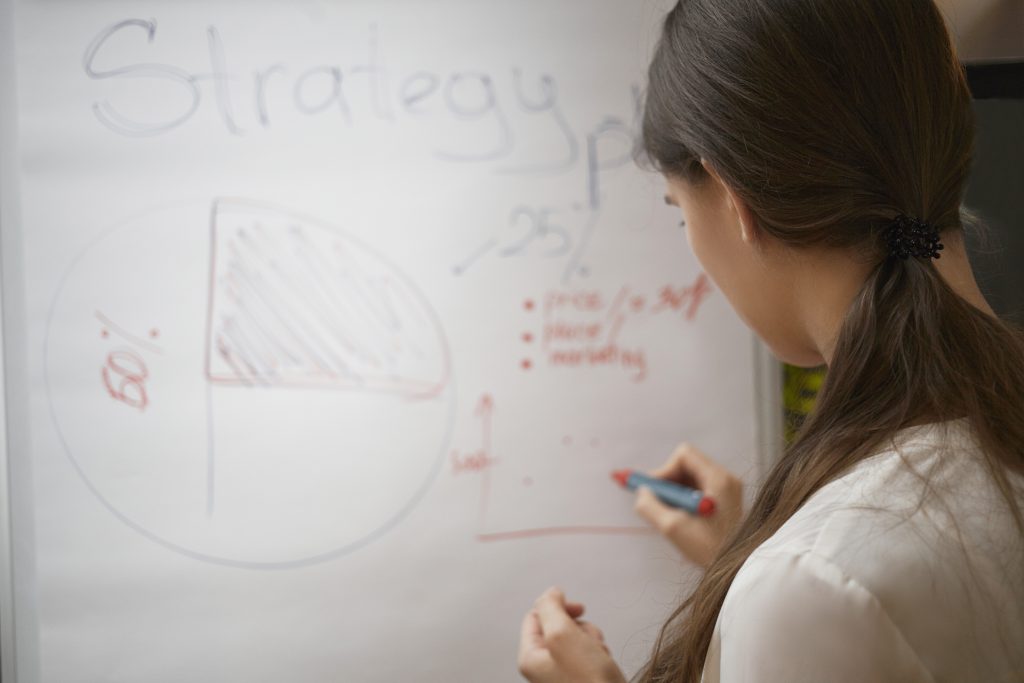How to Use Reverse Learning to Spot Flaws
Aiden Foster July 23, 2025
In the fast-paced, ever-evolving world we live in, we are constantly learning, adapting, and fine-tuning our skills and knowledge. However, in this race to constantly absorb information, we often forget an important aspect of learning: questioning our assumptions and identifying the flaws in our knowledge. This is where reverse learning comes into play—a powerful approach that not only helps us challenge existing ideas but also enables us to spot flaws in our thinking, systems, and processes.
In this article, we will explore the concept of reverse learning, why it’s an emerging trend, and how you can apply it to spot flaws in various aspects of life, from personal growth to professional development.

What is Reverse Learning?
Reverse learning refers to the process of actively deconstructing what we know by starting from the conclusions and working backward. Instead of merely accepting facts or information, reverse learning encourages critical thinking by asking “what could be wrong here?” or “why does this work the way it does?” By challenging established knowledge, this method opens the door to discovering flaws, gaps, or areas of improvement that might otherwise go unnoticed.
Reverse learning is essentially about questioning the status quo and being willing to reconsider what we know. It’s about breaking down existing knowledge and challenging assumptions, rather than just building upon them.
Why Reverse Learning is Gaining Popularity
In an age where we are flooded with information, it’s easy to accept things as they are without questioning them. However, in a world that thrives on innovation and progress, the ability to critically evaluate and question our assumptions is more important than ever.
1. Encouraging Critical Thinking
Reverse learning is an excellent tool for encouraging critical thinking, a vital skill in today’s world. By reversing the process of learning, individuals are forced to think more deeply about the content they are absorbing. This method forces us to not only look at the solution but also evaluate the steps that led to that solution, questioning every assumption along the way.
Critical thinking helps individuals spot flaws in logic, identify potential gaps, and uncover better solutions. It’s a key factor in enhancing decision-making, innovation, and problem-solving skills.
2. Innovation and Creativity
One of the primary benefits of reverse learning is that it fosters innovation and creativity. When we start questioning assumptions and working backward, it becomes easier to identify areas for improvement or alternative solutions. By looking at problems from a different perspective, reverse learning encourages creative thinking, which is essential for innovation.
This mindset can be particularly valuable in industries such as technology, business, and even the arts, where the ability to think outside the box can result in breakthrough ideas and novel solutions.
3. Combating Confirmation Bias
Another reason reverse learning is gaining traction is that it helps combat confirmation bias—the tendency to seek out information that confirms existing beliefs and ideas. With reverse learning, the emphasis is on finding potential weaknesses or flaws in the existing knowledge, which counteracts the desire to simply confirm what we already know.
By incorporating reverse learning into our routines, we can break free from the trap of bias and gain a more comprehensive understanding of the subject matter.
How to Use Reverse Learning to Spot Flaws
Now that we understand the importance of reverse learning, how can we apply this technique to spot flaws? Below are some actionable steps that will help you use reverse learning to uncover gaps in your knowledge or processes:
1. Start with the End Goal in Mind
To begin reverse learning, start by identifying the end goal or conclusion. This is the outcome that you have arrived at or are trying to achieve. From there, deconstruct how you got to this point and ask yourself the following questions:
- What assumptions were made?
- What steps led to this outcome?
- What alternative paths could have been taken?
- Are there any gaps in the logic or process?
By understanding the end result and working backward, you can spot weaknesses in the approach or uncover flaws in your reasoning.
2. Analyze the Assumptions
Every decision or conclusion is based on certain assumptions. Reverse learning encourages you to critically analyze these assumptions to identify any potential flaws. For example, in business, the assumption that “the market will grow” may not always hold true. Similarly, in personal growth, the belief that “hard work always leads to success” may be flawed in certain situations.
To spot flaws, ask yourself: What if the assumptions were wrong? By challenging assumptions, you open yourself to new perspectives and alternative solutions.
3. Look for the Weakest Link
In reverse learning, you often start by identifying where things could have gone wrong. By tracing your steps backward, look for the weakest link in your reasoning or process. This could be a small but significant flaw in your understanding or an overlooked factor that impacts the outcome.
For example, if you are analyzing the performance of a marketing campaign, try to trace back to each step of the campaign. Was the data interpreted correctly? Were the assumptions about the target audience accurate? Identifying the weakest link helps to spot flaws in the approach.
4. Challenge Existing Solutions
One of the most valuable aspects of reverse learning is its ability to challenge existing solutions or ways of thinking. Instead of simply accepting a popular solution, ask yourself: What’s wrong with this solution? or How could it be improved?
This can be particularly useful in business or technology, where existing solutions are often viewed as the best answer. By challenging the status quo, you open the door to new possibilities and innovative ideas.
5. Consider Alternative Perspectives
Reverse learning encourages you to step out of your own mindset and consider alternative perspectives. This approach helps uncover flaws that you may have missed because you were too focused on your own beliefs or knowledge. By considering different viewpoints, you can uncover blind spots in your understanding.
For example, in a business strategy meeting, listening to the perspectives of employees from different departments (such as sales, marketing, and customer service) can help identify weaknesses in the plan that you might have overlooked.
The Benefits of Reverse Learning
The practice of reverse learning offers a range of benefits, both for individuals and organizations. Some of the key advantages include:
- Improved Problem-Solving: By challenging existing assumptions and solutions, reverse learning helps identify new approaches to problem-solving and decision-making.
- Increased Creativity: The process of thinking backward stimulates creative thinking by encouraging individuals to explore different solutions or alternative ways of doing things.
- Better Decision-Making: Reverse learning helps to identify flaws and gaps in reasoning, leading to more informed and thoughtful decisions.
- Enhanced Learning: By questioning and reevaluating existing knowledge, reverse learning fosters a deeper understanding of the subject matter.
Conclusion
In today’s fast-paced world, reverse learning is a valuable tool for spotting flaws and improving the way we think and work. By questioning assumptions, analyzing outcomes, and challenging existing solutions, we can uncover new ideas and perspectives that lead to better decisions and creative breakthroughs.
Reverse learning not only enhances our problem-solving abilities but also helps us avoid the trap of confirmation bias and leads to a deeper understanding of the world around us. Whether in business, education, or personal development, incorporating reverse learning into our daily practices can spark innovation, improve mental clarity, and ultimately lead to more meaningful growth.
Reference
- Academic & Educational Research, https://pubs.sciepub.com
- Effect of Reverse Engineering Pedagogy on Primary School Students’ Computational Thinking Skills in STEM Learning Activities, https://www.mdpi.com
- Mental Models: The Best Way to Make Intelligent Decisions, https://fs.blog







